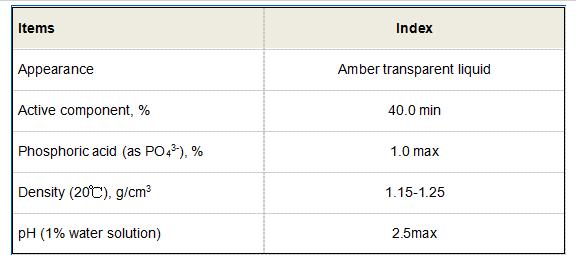cross linked polyacrylamide
Cross-Linked Polyacrylamide Structure, Properties, and Applications
Polyacrylamide (PAM) is a widely utilized polymer in various fields due to its unique properties and versatile applications. One of the significant advancements in polymer chemistry is the development of cross-linked polyacrylamide (CPA), which enhances the properties of the original polyacrylamide structure. This article delves into the synthesis, properties, and applications of cross-linked polyacrylamide.
Structure and Synthesis
Cross-linked polyacrylamide is produced through the polymerization of acrylamide monomers in the presence of a cross-linking agent. The most commonly used cross-linker is N,N'-methylenebisacrylamide (BIS), which creates a three-dimensional network by linking the individual polyacrylamide chains. This process can be initiated through free-radical mechanisms, employing thermal, chemical, or photoinitiators. The degree of cross-linking can be manipulated by adjusting the concentration of the cross-linking agent, allowing for tailored properties in the resulting gel.
The primary structure of cross-linked polyacrylamide comprises hydrophilic amide groups, which can interact with water molecules. This makes CPA an excellent candidate for hydrogel formation. When cross-linked, the polymer exhibits an increase in mechanical strength, stability, and resistance to dissolution in water compared to its linear counterpart.
Properties
Cross-linked polyacrylamide exhibits several distinct properties that make it valuable for various applications
1. Hydrophilicity Due to its amide groups, CPA is highly water-absorbent, forming a gel-like structure that can retain significant amounts of water. This property is crucial for applications in agriculture and biomedical fields.
2. Mechanical Strength The cross-linked network structure imparts enhanced mechanical strength and resilience, making it suitable for use in demanding environments.
4. Thermal Stability The cross-linking process provides improved thermal stability, allowing CPA to maintain its properties across a range of temperatures.
cross linked polyacrylamide

5. Controlled Release The porous structure of cross-linked polyacrylamide allows for controlled release of encapsulated substances, making it an attractive option for drug delivery systems.
Applications
Cross-linked polyacrylamide has found diverse applications across various fields
1. Biomedical Applications CPA hydrogels are extensively used in the biomedical sector. Their biocompatibility and water retention capabilities make them ideal for drug delivery systems, wound dressings, and tissue engineering scaffolds. For example, they can encapsulate drugs and release them at controlled rates, enhancing the efficacy of treatments.
2. Agriculture In agricultural applications, cross-linked polyacrylamide is used as a superabsorbent polymer to enhance soil moisture retention. This property helps in improving water availability for crops, particularly in arid regions, thereby increasing agricultural productivity.
3. Wastewater Treatment CPA is utilized in wastewater treatment processes. Its ability to form gels enables it to effectively trap and separate pollutants, thereby improving the purification of water resources.
4. Cosmetic Industry The cosmetic industry employs cross-linked polyacrylamide in the formulation of various products, including creams and lotions. Its hydrating properties enhance the skin feel and improve product performance.
5. Food Industry Cross-linked polyacrylamide is also used in food processing, particularly as a thickening agent or stabilizer in various food products.
Conclusion
Cross-linked polyacrylamide represents a remarkable innovation in polymer science with significant advancements over its linear counterpart. Through the careful manipulation of its structure and properties, CPA provides a broad spectrum of applications that can benefit industries ranging from healthcare and agriculture to environmental management. As research progresses, the potential for cross-linked polyacrylamide continues to expand, paving the way for novel applications and enhanced performance in existing uses. Its versatility as a hydrophilic gel, coupled with its mechanical strength and biocompatibility, positions it as a critical material in contemporary polymer applications.
-
The Power of Isothiazolinones in Modern ApplicationsNewsMay.08,2025
-
Flocculants in Water TreatmentNewsMay.08,2025
-
Flocculants and Chemical Solutions: What You Need to KnowNewsMay.08,2025
-
Flocculants and Chemical Solutions: A Growing IndustryNewsMay.08,2025
-
Essential Chemicals: Polymaleic Anhydride and MoreNewsMay.08,2025
-
Acrylic Polymers: Essential Solutions for IndustryNewsMay.08,2025





